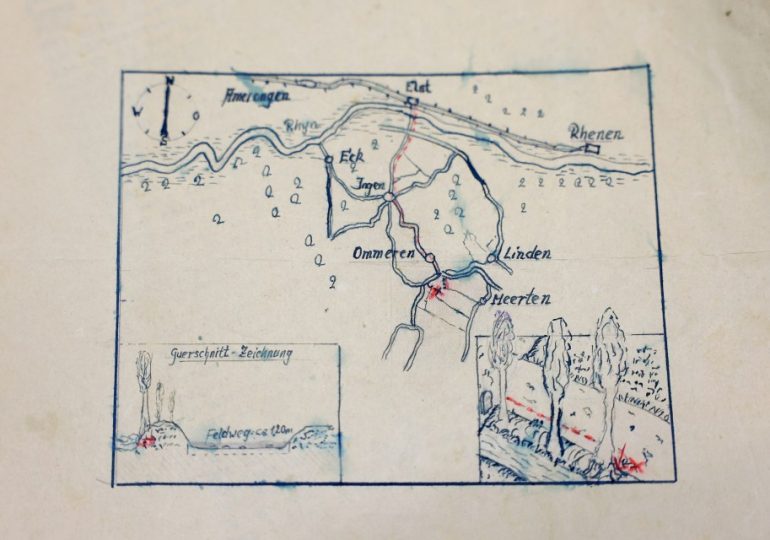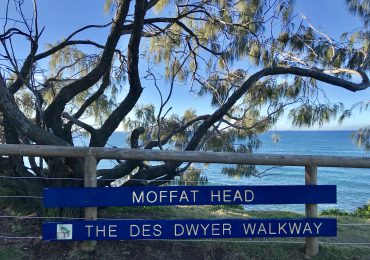A MASS hunt was sparked after a Nazi treasure map resurfaced showing where a £15 million stash of gold coins and jewels had been buried during World War Two.
Hunters visited an obscure Dutch village named Ommeren after archivists released a document that had been confidential to the public.
GettyA map revealed the supposed spot a stash of Nazi gold and jewels worth over £15 million had been buried[/caption]
GettyThe map marked the spot where four German soldiers were thought to have buried ammunition cases filled with valuables[/caption]
A mad hunt for the goods started in the village, around 80 kilometres south-east of Amsterdam, after a hand drawn map was unearthed in 2023.
The simple map marked the spot where four German soldiers were thought to have buried ammunition cases filled with valuables, at the end of the war.
A small X on the map, marked off a road just south of the small hamlet, sparked the frenzied search.
It has been believed these cases included gold coins, gemstones, watches, and jewellery worth around two to three million Dutch guilder in 1945.
Experts have converted this and estimate it’s worth a huge sum of over £15 million today.
These riches were apparently taken during the 1944 Nazi bombing of a bank in Arnhem, around 40 kilometres east of Ommeren, according to War History Online.
The frantic hunt started after the National Archives of The Netherlands released over 1,300 documents in January 2023.
Experts believed these apparent treasures were buried in April 1945, as the Allies were about to spare the region from Nazi rule.
An adviser at the national archive said her theory was the soldiers had become worried about this update in the war and decided to bury their wealth, according to The Guardian.
An army of gold-diggers descended upon the small village in the following months.
Local officials in Ommeren had previously banned the use of metal detectors in October 2022 but revealed this hadn’t stopped the rush of searchers and visitors.
“We’ve warned off at least 15 people since the start of January who were using metal detectors,” a spokesperson for the nearby city of Buren, Birgit Van Aken-Quint, told The Guardian.
She added that none of these gold hunters have been able to find the treasures.
Birgit added that they believed the valuables were once in the village but have since been removed.
Despite this message, online sleuths have continued their searches in the area.
She warned: “If people again try to go and find the treasure, we’ll enforce the ban.”
Experts say German soldiers fled when the Allies were close to freeing Arnhem, eastern Netherlands.
The National Archives revealed how a chatty soldier was the key to this map and the treasures.
National Archives advisor Annet Waalkens told The Observer: “They [soldiers] decide to bury the treasure, because it’s just getting a bit too hot under their feet and they’re getting scared.”
Helmut S, whose full name the National Archives are withholding, was born in 1925 and is the only solider who could still be alive but he has yet to be traced.
“Loose-lipped” Helmut S revealed the hoard was discovered when an Arnhem branch of the Rotterdamsche bank was bombed in August 1944.
A smashed safe left behind jewels, coins and the like strewn across the street.
People then pocketed what they could and hid the loot in zinc ammunition boxes afterwards.
Local authorities carried out three searches from 1946 to 1947 but found nothing each time.
They recruited Helmut S to help as he was the one who supplied the map in the first place but still found nothing.
Experts remain unsure who actually created the map but it has been secured safely.
Dutch officials speculate the treasure could have been dug up by a local who saw its burial or by surviving German soldier Helmut.
But Joost Rosendaal, an assistant professor in history at Radboud university in The Netherlands thinks Helmut S’s account could well be bogus.
Joost says it’s not possible that Helmut S’s comrades came across the treasure in the street following a bomb as Arnhem was not bombed that month.
The historian thinks the other soldiers are probably responsible for stealing the jewels back in November 1944 when German forces set Arnhem’s Rotterdamsche bank ablaze, with the fire serving to “hide the robbing of the bank”.
He doubts the treasure will ever be found despite the attempts from the online sleuths who tried their luck with banned metal detectors.
AFPNobody knows who created the map that was handed in by a surviving German soldier but it is now possible to see it in person at The Hague[/caption]
Leave a comment








